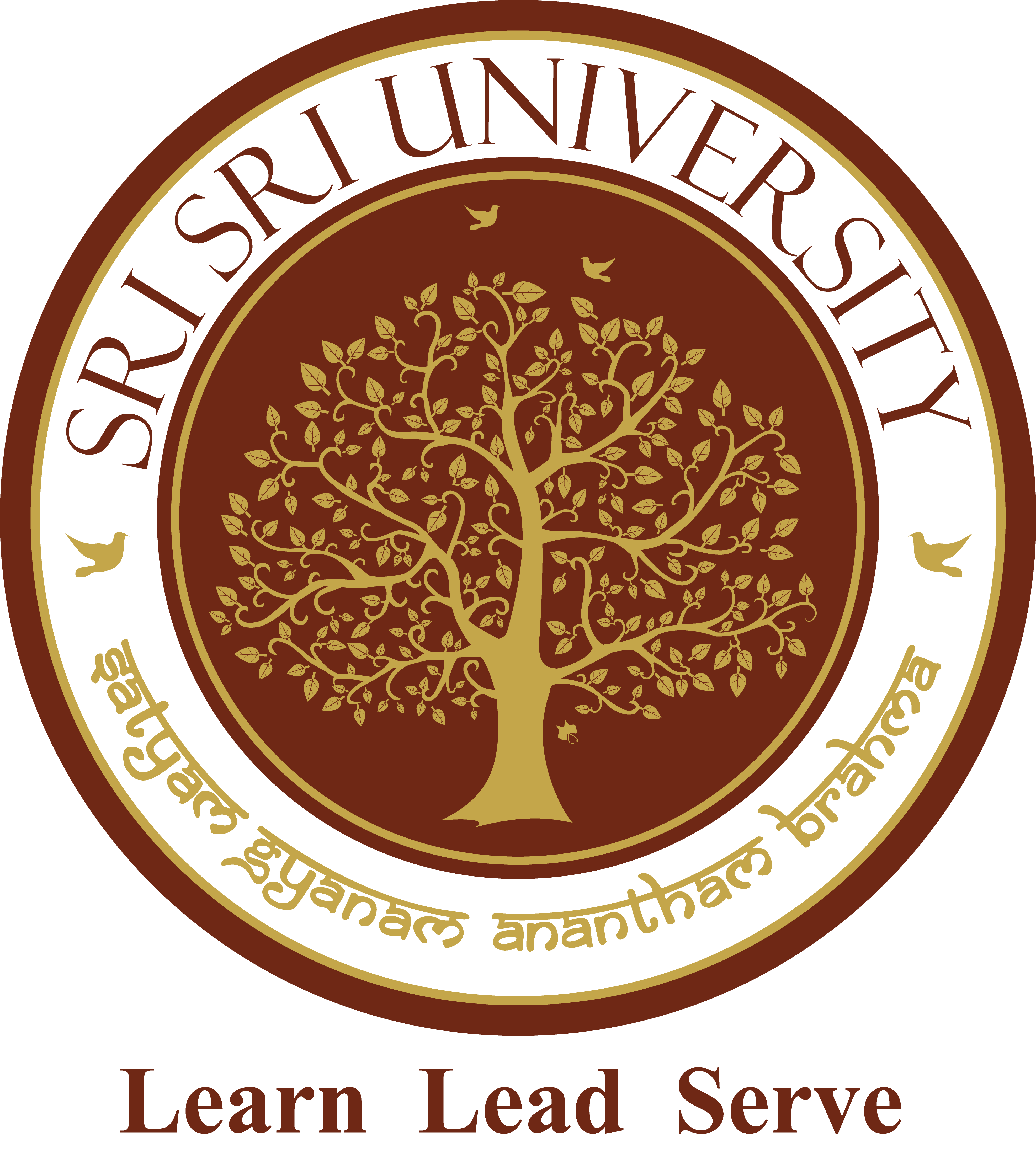
DR. VINOD VIDWANS
Professor General Chair
Prof.(Dr) Srikanta Patnaik
Director Programme & Publication Chair
Prof. Hakim Bendjenna
Professor Programme Co-Chair
Dr. Sanjun Yao
Associate Professor Programme Co-Chair
Dr. Roumiana Kountcheva
Vice president Publication Co-Chair
Dr. Chun Ho WU
Associate Professor International AdvisoryCommittee Chair

Prof. Taosheng Wang
Professor Finance Chair
Prof. (Dr.) Kamala Prasad Mahapatra
Professor & Head Organizer & Technical and Service Provider
Prof. Dhananjaya Sarangi
Professor Organising Chair
Prof. Dr. Pramod Kumar Prusty
Dean Academics Organising Chair
Dr.Chun Liu
Associate Professor Organising Co-Chair
Prof.(Dr.) Jagamohan Pattanayak
Dean (Administration & Student Welfare) Student Symposium ChairAbout AIAMT-2024
AI is transforming the world of art and creating new possibilities for artists. It has the potential to improve the creative process, help artists generate new ideas, and revolutionize traditional art forms. AI algorithms can analyze and interpret data that was previously impossible to visualize or understand. They can recognize patterns in large data sets and create original works of art based on these patterns. It is rapidly transforming the creative industry and offering new possibilities for artists, musicians and creative professionals. While there is still debate about AI's role in creative fields, there is no doubt that AI has the potential to revolutionize the way we think about creativity and new ways of generating ideas.
This conference on AI for Art and Music Technology (AIAMT) shall cover the application of artificial intelligence techniques and technologies in the fields of art and music. This involves using machine learning algorithms and computational tools to create, analyze, and enhance various aspects of artistic and musical processes. AI-AMT has gained significant attention and popularity in recent years due to its ability to push the boundaries of creativity and assist artists and musicians in their work. Areas exhibiting how AI is used in the context of art and music:
Read More...
This conference on AI for Art and Music Technology (AIAMT) shall cover the application of artificial intelligence techniques and technologies in the fields of art and music. This involves using machine learning algorithms and computational tools to create, analyze, and enhance various aspects of artistic and musical processes. AI-AMT has gained significant attention and popularity in recent years due to its ability to push the boundaries of creativity and assist artists and musicians in their work. Areas exhibiting how AI is used in the context of art and music:
Read More...
Impotant Date
| Call for Papers | December 01st, 2023 |
| Paper Submission Deadline | February 5th, 2024 |
| Acceptance Notification | March 20th, 2024 |
| Camera-Ready Submission | April 15th, 2024 |
| Last Date of Registration | May 25th, 2024 |
| Conference Dates | June 15th-16th, 2024 |
Topics
Organizer & Technical and Service Provider
Paper Publication
Proceeding
All papers, both invited and contributed, will be reviewed by at least 2 experts from the committees. After a careful reviewing process before the final decision and detailed presentation at the conference, all accepted papers of AIAMT-2024 will be published in the Conference Proceedings.














